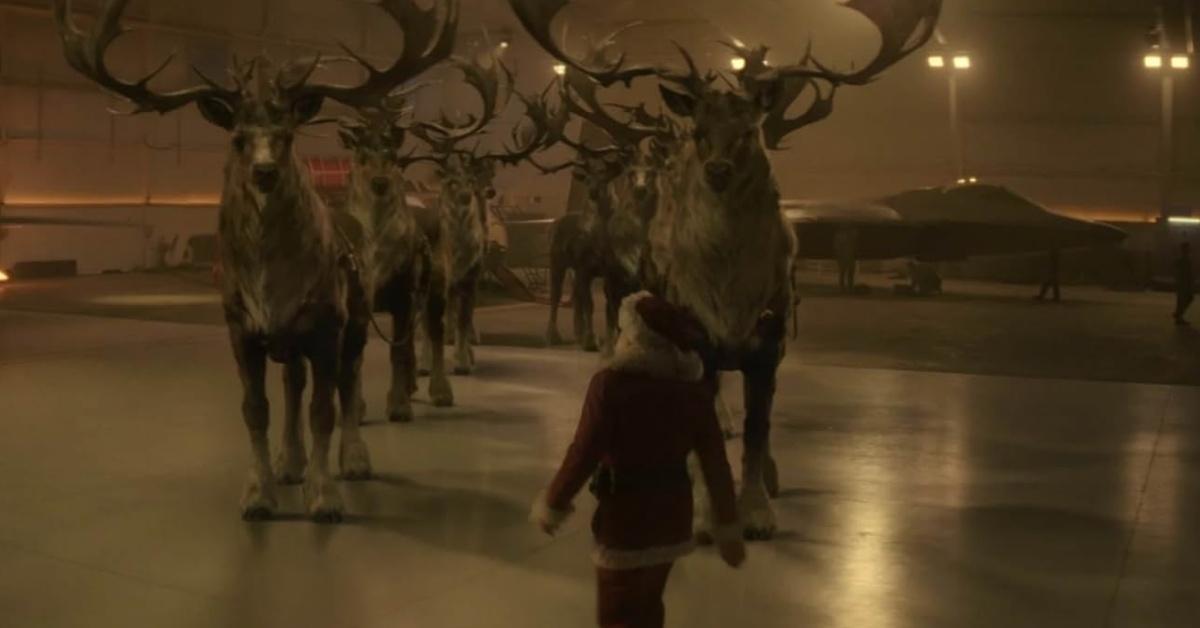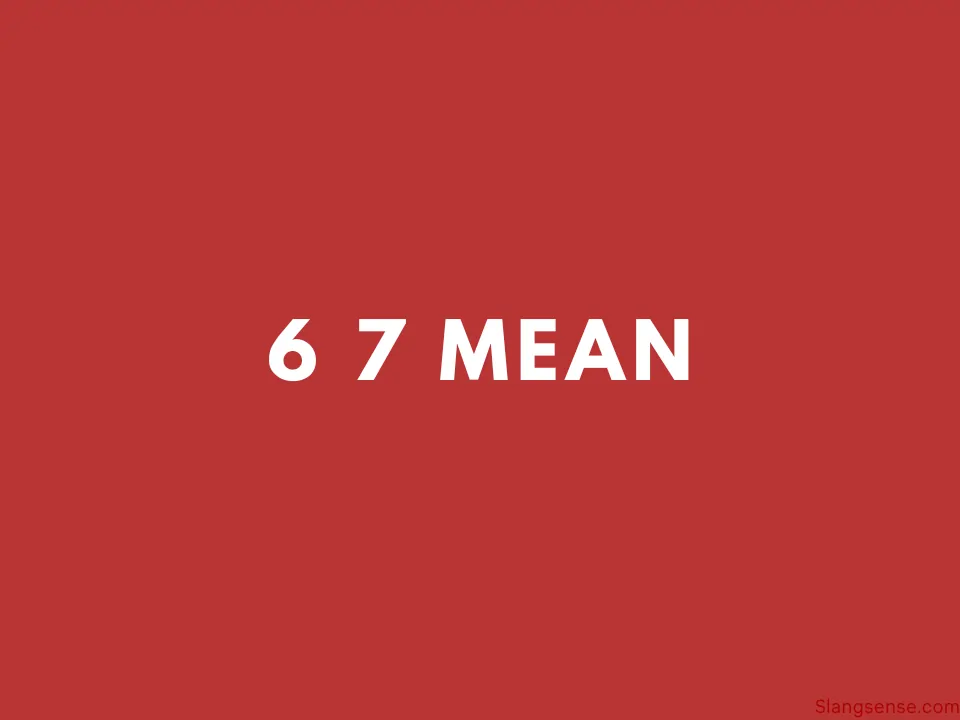The holiday season has always been a time of wonder and intrigue, but the release of "Red One," starring Dwayne Johnson and Chris Evans, has added a fresh layer of mystery to the beloved figure of Santa Claus. In this action-comedy, audiences were introduced to the peculiar word "kavalame," spoken by Santa as he commands his reindeer to take flight. While it may seem like a random utterance, this word carries a surprising depth of meaning, linking it to ancient origins and the very roots of Santa's legend. As we delve into the nuances of "kavalame," we uncover a fascinating blend of cultural significance and linguistic intrigue.
"Red One" is not just another holiday film; it reimagines the world of Santa Claus through a modern lens, blending traditional lore with contemporary storytelling. The word "kavalame," spoken by Santa during a pivotal moment in the movie, has sparked curiosity among viewers, prompting them to explore its possible origins and meanings. This seemingly invented word has ignited discussions about its connection to ancient languages, its potential cultural significance, and its place within the broader narrative of Santa's story. As we unravel the layers of "kavalame," we gain insight into the rich tapestry of traditions that shape our understanding of this iconic figure.
| Bio Data and Personal Information | |
|---|---|
| Name | Santa Claus (Nicholas of Myra) |
| Birthplace | Kavala, Greece (modern-day Turkey) |
| Profession | Historical Bishop, Legendary Gift-Giver |
| Legacy | Symbol of generosity, kindness, and holiday cheer |
| Cultural Impact | Influential figure in global celebrations of Christmas |
| Connections | Linked to St. Nicholas, patron saint of children and sailors |
| Modern Representation | Iconic figure in media, including films like "Red One" |
| Reference | Red One on IMDb |
The origins of "kavalame" are shrouded in mystery, but one plausible explanation traces it back to the Greek language. In Greek, the word could mean "we ride" or "we rode," suggesting a connection to Santa's journey through the skies. This interpretation aligns with the film's narrative, where Santa uses the term to spur his reindeer into action, evoking a sense of urgency and adventure. Additionally, the word may have ties to Kavala, Greece, the birthplace of St. Nicholas, the historical figure upon whom the modern Santa Claus is based. This connection adds a layer of authenticity to the character, grounding him in his ancient roots while allowing for creative reinterpretation in modern storytelling.
- Unleashing The Magic Of Movies Hub Your Ultimate Movie Destination
- Why Vega Movi Is The Ultimate Gamechanger In The Film Industry
Beyond its etymological significance, "kavalame" has cultural implications that extend beyond the world of "Red One." The word reflects the global reach of Santa Claus as a cultural icon, embodying values such as generosity, kindness, and joy. Its inclusion in the film serves as a nod to the diverse traditions that contribute to the Santa Claus legend, highlighting the importance of inclusivity and respect for different cultural perspectives. In an era where representation matters, "kavalame" stands as a testament to the power of language to bridge gaps and foster understanding.
The impact of "kavalame" on popular culture cannot be overstated. As audiences engage with the word, they are encouraged to explore its potential meanings and connections to other cultural phenomena. For instance, the phrase "Baba Nam Kevalam," a Sanskrit mantra meaning "love is all there is," shares a phonetic similarity with "kavalame," inviting comparisons between the two. This parallel underscores the universal themes of love and compassion that underpin the Santa Claus legend, resonating with audiences across different cultures and belief systems.
In the world of entertainment, "kavalame" has become a point of discussion among fans and critics alike. Its use in "Red One" has sparked debates about the role of language in shaping characters and narratives, particularly in the context of holiday films. As filmmakers continue to push the boundaries of storytelling, the inclusion of words like "kavalame" demonstrates a willingness to experiment with language, creating unique and memorable moments that captivate audiences. This approach not only enhances the viewing experience but also enriches the cultural landscape by introducing new ideas and perspectives.
The popularity of "kavalame" also raises questions about the evolution of language in popular media. In an age dominated by digital communication, the creation of new words and phrases has become a hallmark of modern storytelling. "Kavalame" exemplifies this trend, serving as a reminder of the power of language to shape our perceptions and experiences. Its unexpected and humorous nature makes it an ideal candidate for slang, further cementing its place in popular culture. As audiences embrace the word, they contribute to its ongoing transformation, ensuring its relevance in the years to come.
The influence of "kavalame" extends beyond the realm of entertainment, impacting society at large. By encouraging audiences to explore its meanings and connections, the word fosters a spirit of curiosity and discovery. This mindset is essential in today's fast-paced world, where the ability to adapt and learn is crucial for personal and professional success. Moreover, "kavalame" serves as a reminder of the importance of preserving cultural heritage while embracing innovation, striking a balance between tradition and progress.
In the context of the entertainment industry, "kavalame" highlights the growing trend of incorporating diverse elements into mainstream narratives. As filmmakers increasingly draw inspiration from different cultures and traditions, they create stories that resonate with global audiences. This approach not only broadens the appeal of their work but also promotes cross-cultural understanding and appreciation. By featuring "kavalame" in "Red One," the filmmakers have contributed to this trend, setting a precedent for future projects that seek to celebrate diversity and inclusivity.
The connection between "kavalame" and other famous figures and celebrities adds another dimension to its significance. For example, the word's phonetic similarity to "Baba Nam Kevalam" invites comparisons with spiritual leaders and thinkers who have championed the cause of love and compassion. This association enriches the narrative of "Red One," linking it to a broader tradition of storytelling that emphasizes universal themes and values. As audiences make these connections, they deepen their understanding of the film and its message, creating a more meaningful and engaging experience.
The impact of "kavalame" on society is further amplified by its role in shaping public discourse. By sparking conversations about language, culture, and tradition, the word encourages people to reflect on their shared heritage and the values that unite them. In a world often divided by differences, "kavalame" serves as a reminder of the power of storytelling to bring people together, fostering a sense of community and belonging. This aspect of the word's influence highlights its potential as a tool for positive change, promoting dialogue and understanding across cultural and social boundaries.
As the holiday season approaches, the legacy of "kavalame" continues to grow, inspiring new generations of storytellers and audiences alike. Its inclusion in "Red One" has set a new standard for holiday films, encouraging filmmakers to embrace creativity and innovation in their work. By celebrating the diversity of human experience, "kavalame" reminds us of the importance of preserving our cultural heritage while embracing the possibilities of the future. As we look forward to the next chapter in the Santa Claus legend, we do so with a renewed appreciation for the power of language to shape our world and enrich our lives.
- Vegamovies Movies Your Ultimate Streaming Destination
- All Movies Hub Your Ultimate Destination For Every Film Buff


